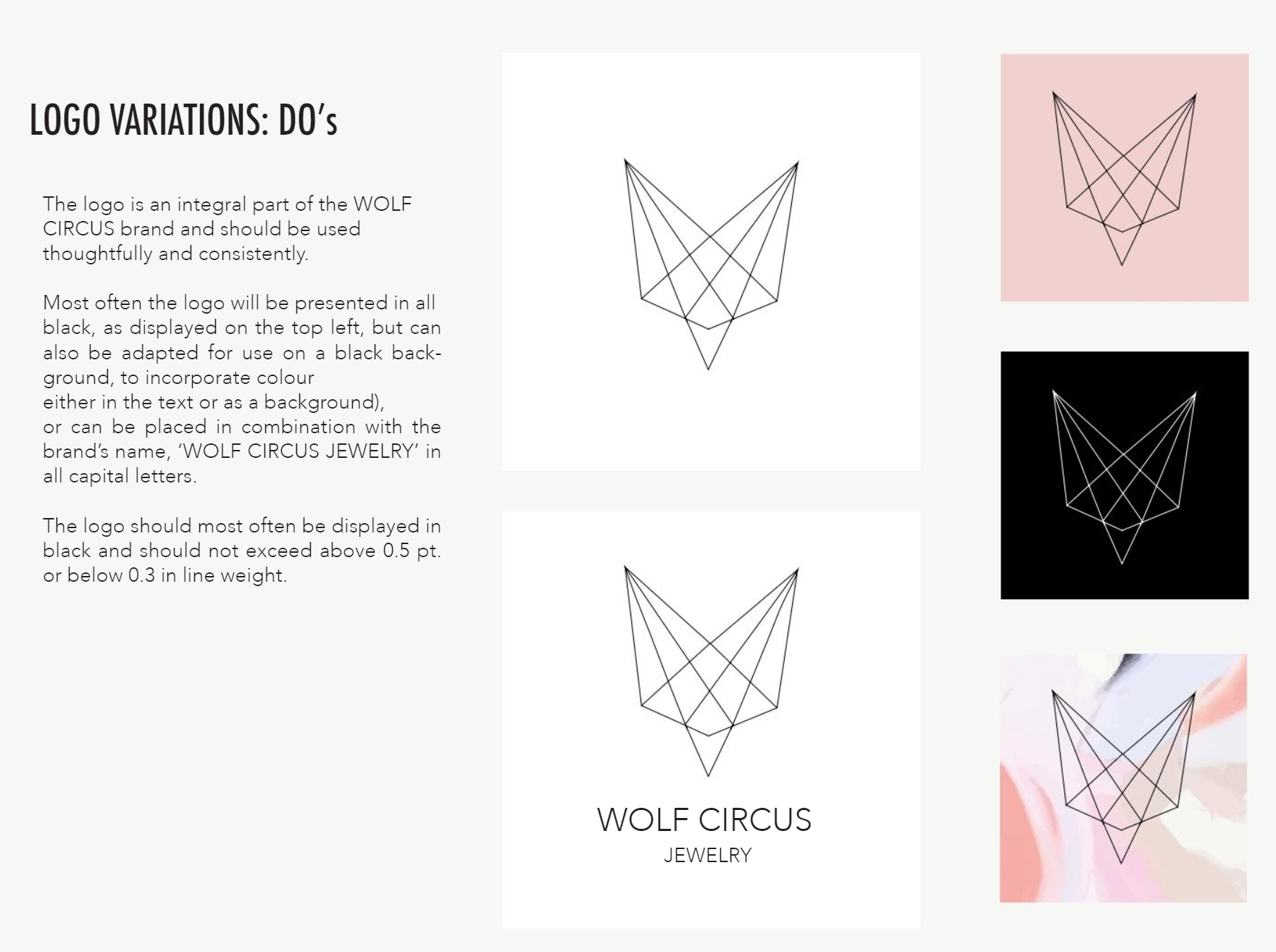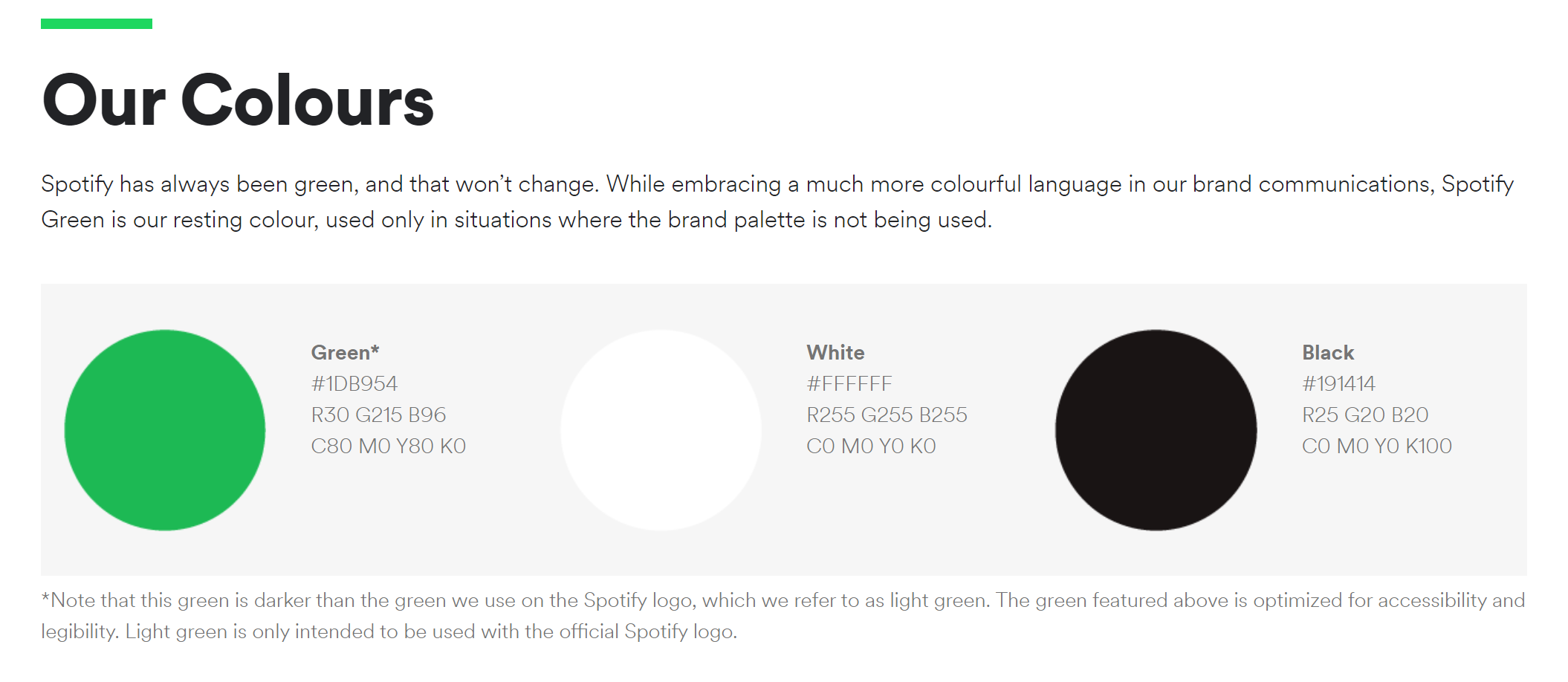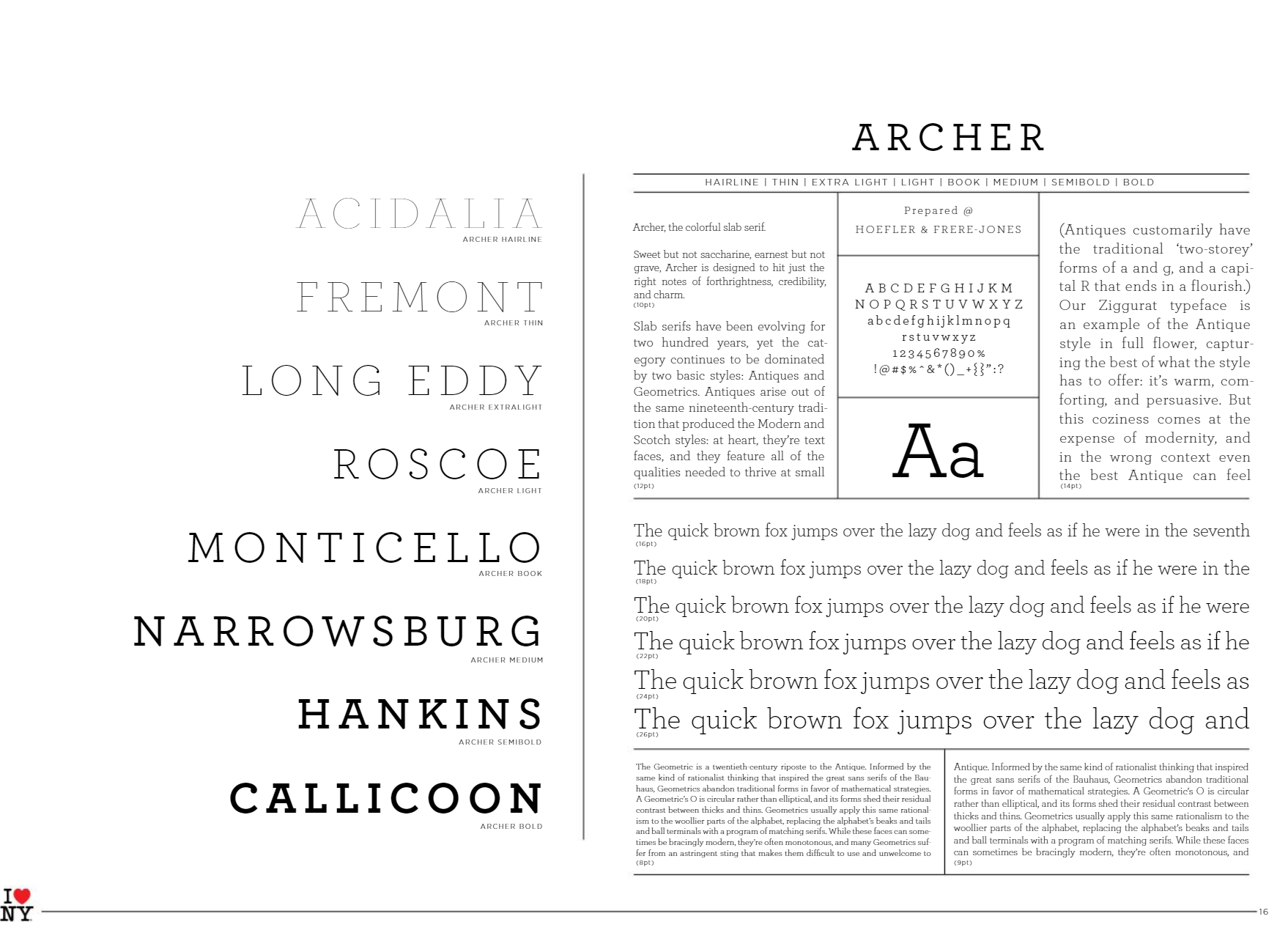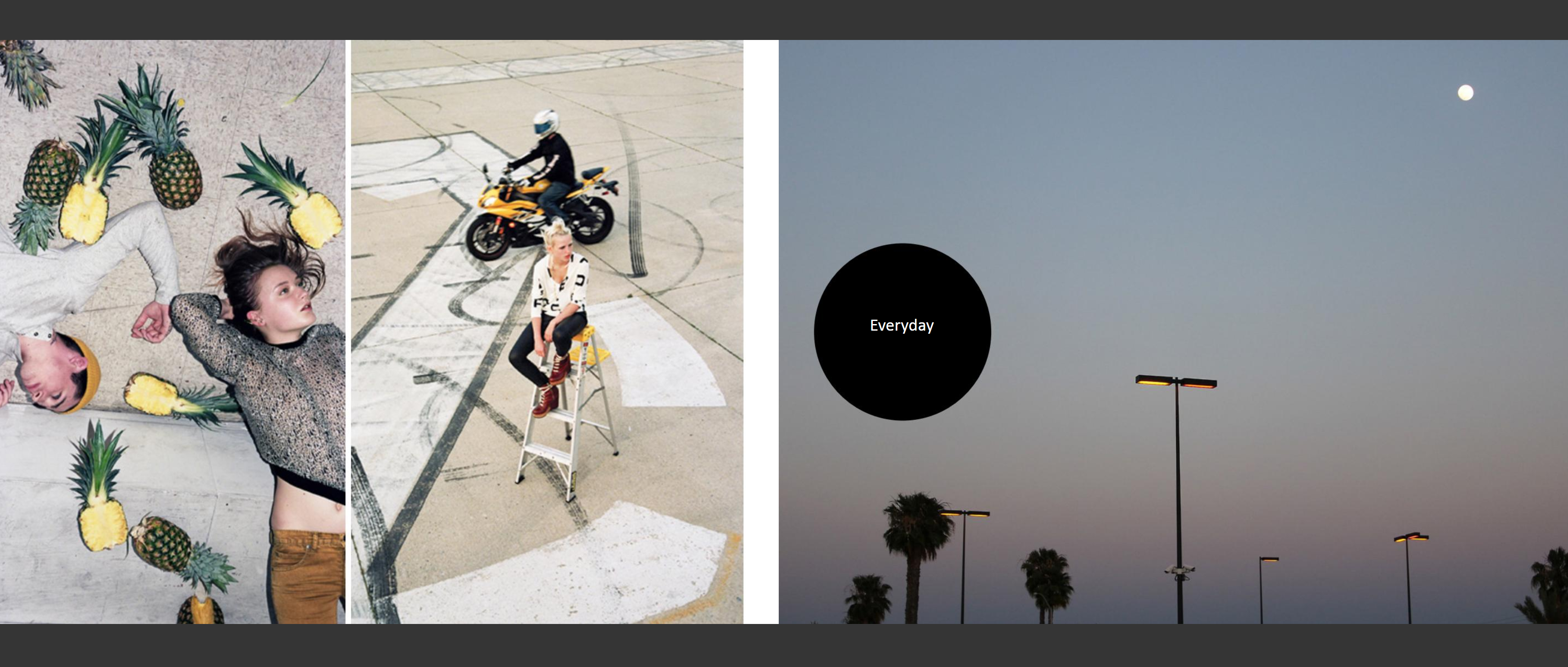A brand style guide, or brand manual, is the blueprint used to create consistency across all of your marketing efforts. It provides specific details about the visual style and editorial voice of your brand.
In content marketing, brand style guides offer graphic designers, writers, videographers and other stakeholders the necessary guidelines for crafting everything from blogs and videos to social media posts and business cards.
Below, we highlight the importance of style guides, how to use design elements and font style in different aspects of your content, and some of our favorite brand guideline options to consider:
Table of Contents
- Why You Need a Style Guide to Effectively Tell Your Story
- Brand Style Guide Elements
- Visual Branding Style Guide Elements
- Visual Brand Style Guide Templates
- Editorial Style Guide Elements
- Editorial Brand Style Guide Templates
Why You Need a Style Guide To Effectively Tell Your Brand Story
Market research indicates that 71% of consumers believe it is important to recognize a brand before making a purchase, while 82% of investors believe name recognition is an essential piece of their decision-making process.
A style guide drives brand consistency across all marketing channels, ensuring consumers have a reliable experience wherever they happen to find your brand. By strengthening your brand identity, your business can become a known player in your industry and thus solicit more interest from customers.
As you tell your brand story, a style guide will support your branding efforts by:
- Making it clear how to use your logo and other visual elements.
- Defining your brand voice, including its tone and vocabulary.
- Aligning each piece of content to your vision and mission statement.
Without a brand style guide, you run the risk of having to reinvent the wheel every time you sit down to write an article, create an image or work with a third-party. For example, if you work with freelancers or a marketing agency, a solid style guide will ensure you can hit the ground running rather than spending hours on the phone trying to explain your brand.
Brand Style Guide Elements
The two major pillars of your brand are its visual elements and editorial voice; combined, they create your brand personality. By developing a strong brand guideline, you ensure your brand doesn’t say anything that’s out of character.
Brands that become a part of the larger culture — think Coca-Cola or Ford — guard their brand identity fiercely. And when they do make changes, such as updating logos, they do so with the utmost care and attention.
Often, companies will create two style guides to thoroughly cover each of these brand pillars. Let’s take a look at the elements that go into each:
Visual Branding Style Guide Elements
Great branding is instantly recognizable. With strong art direction, your brand can capture your audience’s attention even when it is surrounded by competitors.
The key elements of a visual content style guide include:
Subscribe to
The Content Marketer
Get weekly insights, advice and opinions about all things digital marketing.
Thank you for subscribing to The Content Marketer!
Logos and Wordmarks
Your style guide should provide examples of how your logo should look as well as any approved variations. For example, you may have a large logo for advertisements and webpages, and a smaller logo for business cards and browser tabs.
Consider including examples of how not to use your logo. Providing negative examples will help graphic designers to make informed decisions. Before applying to a professional, research good logo ideas and form a fundamental decision about visuals.
In addition to your logo, you should also include your brand’s wordmark, which is a text-only treatment of your brand name. You may also want to consider how your logo and wordmark are used together.

Colors
Your brand colors are what makes your brand distinctive and identifiable, even when viewed from a distance. Your style guide should not only define your color palette — such as by using Pantone color codes — but also explain its acceptable use.
For example, you may want to specify if your brand colors can be used alongside photography, or colors that are a very similar shade. Likewise, you’ll want to make sure that your colors aren’t too close to those of another brand. In fact, in ruling on the 1995 case Qualitex Co. v. Jacobson Products Co. Inc., the Supreme Court ruled that a trademark can consist “purely and simply, of a color.”

Typography
Since the invention of the letterpress, typography has played an important role in user experience. Whether you’re talking about reading a hardcover book or browsing through social media posts, fonts matter. When it comes to brand recognition, typography is another element that consumers will associate with your offerings.
In addition, good typography supports readability. In fact, many websites today utilize Google’s Font API to deliver content that is easy to read on any device. Plus, sans serif fonts like Arial and Verdana have been proven to be easier to read by people with dyslexia.

Imagery
If your brand uses stock images, custom photography or illustrations, you’ll want to include guidelines around those elements in your style guide. Provide examples to help your content creators choose appropriate images when building brand assets.
In addition to the types of images your brand uses, you’ll want to specify how they interact with your brand colors and logos. For example, it may not always be appropriate to superimpose your brand color and logo over a colorful photograph. Try adding emotional words around your images to help content creators understand the look and feel you’re going for.

Visual Brand Style Guide Templates
This visual style guide from Venngage fits neatly on a single page, offering space for logo variations, colors, typography and more.
One6Creative has a glorious visual brand style guide template — it’s a 45+ page rulebook that encourages brand consistency and optimal visual specifications.
Design Cuts visual identity brand guidelines template is a 40+ page template that’s fully customizable and print-ready.
Editorial Style Guide Elements
Brand voice humanizes your company and makes it easier for customers to interact with your business. Here are the elements that help you develop a consistent voice:
General Style
When building an editorial style for your brand, it’s best practice to begin with an established, authoritative source. For instance, at Brafton, we start with the AP Stylebook, which is widely used by journalists. Depending on your preferences, you may decide to go with The Chicago Manual of Style or the MLA Handbook. From this basis, you can build specific brand guidelines that apply to your brand.
Tense and Point of View
Consider adding tips on when and how to use certain tenses and points of view. For example, your brand might primarily address your customers in the second-person point of view. However, you may find that writing in the third person point of view is more authoritative. Likewise, you might notice that the present tense feels more active than the past tense. If this isn’t something you’ve considered yet, try playing around with a few options to see which feels right.
Note: Most editorial style guides will caution against using passive voice. (E.g. “Our software was designed to support your productivity!”) In 9 out of 10 cases, active voice is always preferable. (E.g. “Our engineers meticulously crafted the platform to enhance your productivity!”)
Tone
Is your brand friendly? Authoritative? Snarky? Your editorial style guide should help writers to understand the mood and mindset of your brand. The tone of voice you use will help to build a connection with your target audience. Therefore, it’s essential to research how your customers talk and what type of literature they read. For instance, if your consumers typically read industry magazines, a snarky tone might seem off putting. On the other hand, a hip clothing brand might be able to get away with a more sarcastic tone.
Twitter is a great place to see how other brands represent themselves tonally. Fast food brands like Wendy’s have become well known for their joking manner of interacting with customers on the platform.
that fry is longer than waiting for a text back https://t.co/JKdqJz9tPd
— Wendy’s (@Wendys) October 27, 2020
Jargon
Jargon can be a tricky part of your editorial branding. In a B2B context, it’s usually fine to use some jargon to indicate that your business is knowledgeable about your industry. For example, if your audience is primarily business directors and members of the C-suite, using business jargon will help you seem like you’re on the same page. Your style guide should help writers understand when jargon is appropriate and when it’s better to leave out.
In a B2C context, you might interpret jargon as slang. In some cases, it may help your brand identity to speak the same language as your customers. A skate brand might use slang to seem more authentic, for example.
Technical Formatting
While we covered typography in the visual branding section, formatting is worth mentioning here, as well. If you’re writing with SEO in mind, you’ll want to be sure that your writers use headers and bullet points correctly. A few notes on SEO in your style guide can mean the difference between content that makes it to the top of a search engine results page and content that dies in obscurity.
Editorial Brand Style Guide Templates
This free template from Hubspot and Venngage offers everything you need to define your brand style. At 48-pages, it addresses every aspect of your brand identity.
The Marketing Institute’s CoSchedule Blog created this editorial style guide template to help you perfect your brand standards among your creators.
KaPost’s editorial style guideline template can help you solidify your brand and pass along guidance to content managers as they finalize copy.
Uniform branding across all channels ensures every customer interaction has consistent messaging. Brand style guides will help your team members and your partners understand how best to embody your business’s values and mission. It’s an essential tool that will add value to all of your marketing efforts.
Editor’s Note: Updated December 2021.





